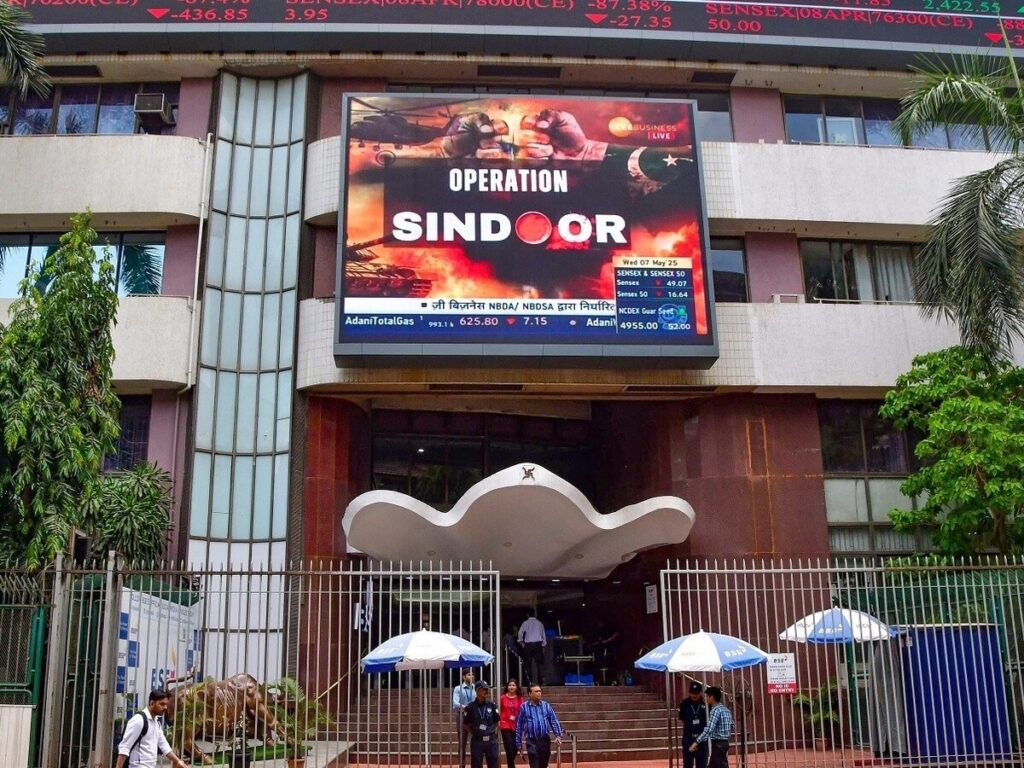On April 22, an unprecedented terrorist attack occurred in Pahalgam, escalating tensions between India and Pakistan and triggering a decisive response from the Indian military known as ‘Operation Sindoor.’ The subsequent geopolitical unrest sparked a significant reaction in the financial markets, resulting in a pronounced downturn on May 8, when the Nifty 50 index plummeted to a low of 24,150, reflecting a 1.1% decline from the previous day.
Understanding Operation Sindoor
Operation Sindoor was a strategically planned military operation launched by India in response to the attack in Pahalgam. This operation aimed to neutralize threats posed by terrorist organizations operating from across the border. Analysts believe that this decisive action was crucial not only for national security but also for maintaining regional stability.
The Objectives of Operation Sindoor
- To eliminate terrorist camps that pose an immediate threat to Indian territory.
- To send a clear message to hostile neighboring countries regarding India’s stance on terrorism.
- To reassure the domestic population of the government’s commitment to national security.
Impact on Financial Markets
The financial markets reacted sharply to the heightened tensions following the terrorist attack. Investors often react to geopolitical developments, leading to volatility in stock prices.
Market Reactions
| Date | Nifty 50 Index | Change (%) |
|---|---|---|
| April 22 | 24,500 | – |
| May 8 | 24,150 | -1.1% |
The decline from 24,500 to 24,150 indicates not only a response to the news of military actions but also investor sentiments regarding future stability in the region. Such fluctuations highlight the interconnectedness of national security issues and economic performance.
Conclusion
In sum, ‘Operation Sindoor’ was a significant military response to terrorism in Pahalgam, catalyzing a substantial reaction in financial markets. The ripple effects of military actions on investor behavior underline the intricacies of national security and economic dynamics. As geopolitical tensions continue to evolve, monitoring market trends alongside security developments will be crucial for investors and policymakers alike.
